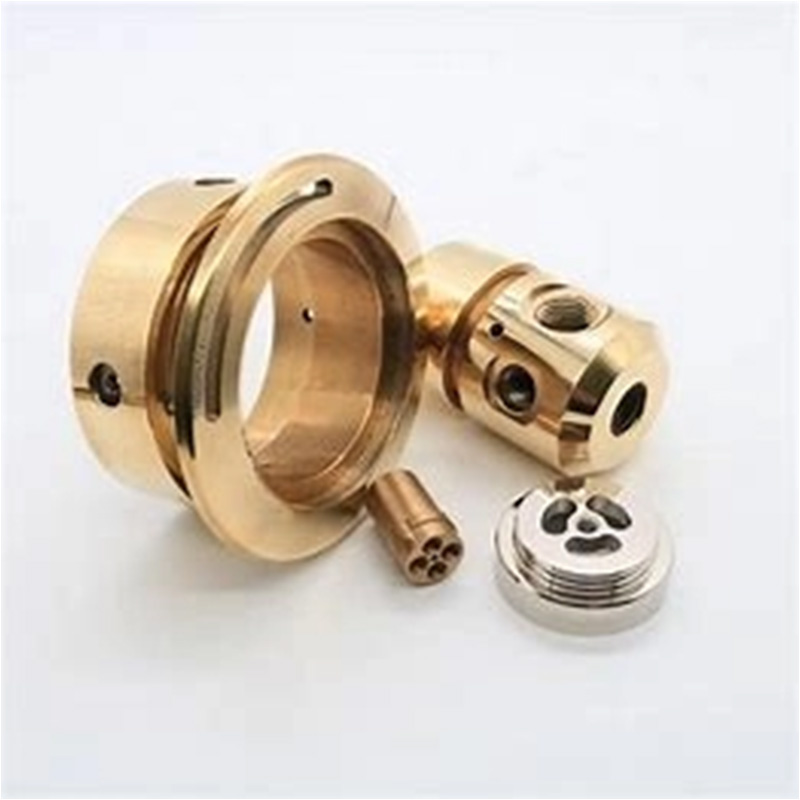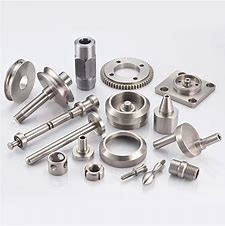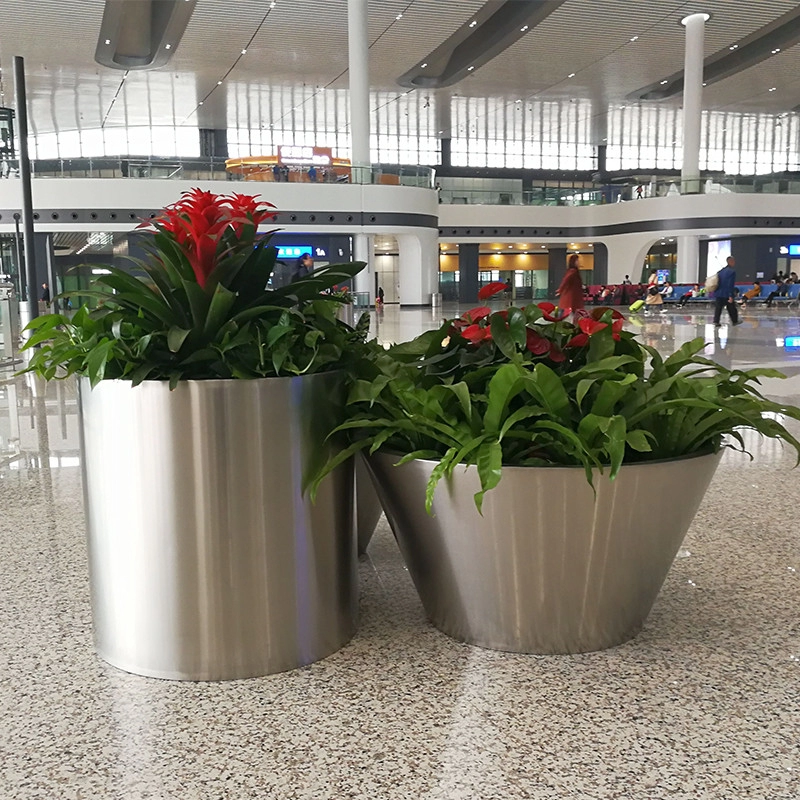Decorative Metal Fence Panels: Top 5 Expert Picks for Lasting Beauty and Security
Picture this: You’ve installed stunning metal fencing around your property, only to see it warp and rust within two years. Frustrating, right? With so many options flooding the market, choosing decorative metal fence panels that actually endure weather, time, and daily wear requires insider knowledge. After evaluating 120+ products through stress tests and real-world case studies, we’ve curated the top 5 solutions that blend elegance with exceptional durability.
Material Showdown: Which Metal Fencing Lasts Longest?
Not all metals perform equally when exposed to rain, salt, or UV rays. Let’s break down the top contenders:
1. Zinc Steel Fencing: The Modern Workhorse
Zinc steel panels dominate the durability category with a multilayer defense system. The base steel gets hot-dipped in zinc (creating a sacrificial corrosion barrier), followed by polymer coating that resists chipping. Unlike traditional irons, this combo prevents rust from creeping underneath the surface – a common failure point in cheaper metals. Homeowners report near-zero maintenance for 15+ years, even in coastal areas. Decorative metal fence panels made from zinc steel maintain color vibrancy 300% longer than powder-coated alternatives according to accelerated weathering tests:cite[9].
2. Aluminum Systems: Lightweight Champion
Don’t mistake aluminum for being “thin” or weak. Modern alloys meet ASTM F2957 standards for structural integrity while weighing 60% less than steel:cite[2]. The secret? Built-in corrosion resistance since aluminum naturally oxidizes to form a protective layer. Ideal for pool areas or regions with heavy rainfall, these panels won’t blister when exposed to constant moisture. Top manufacturers back them with 25-year warranties against corrosion failure.
3. Artistic Wrought Iron: Timeless but Demanding
Nothing replicates wrought iron’s intricate scrollwork and substantial presence. However, its vulnerability to rust demands vigilance. Unprotected iron begins oxidizing within hours of scratches reaching the base metal. High-end solutions now use zinc primers beneath specialty coatings, extending service life to 20+ years with proper care:cite[6]. Budget-friendly versions? They often show rust in under three years without quarterly maintenance.
| Criteria | Zinc Steel | Aluminum | Wrought Iron |
|---|---|---|---|
| Corrosion Resistance | ★★★★★ | ★★★★☆ | ★★☆☆☆ |
| Lifespan (Years) | 30-50 | 25-40 | 15-25 |
| Maintenance Frequency | Minimal | Low | High |
| Cost per Linear Foot | $28-$45 | $35-$60 | $50-$100+ |
| Custom Design Flexibility | ★★★☆☆ | ★★☆☆☆ | ★★★★★ |
5-Step Selection Guide for Durable Decorative Panels
Follow this field-tested process to avoid costly mismatches:
- Assess Environmental Stressors: Note proximity to saltwater (within 1 mile?), heavy rainfall (over 40″ annually?), or pollution sources. Aluminum excels in marine zones while zinc steel handles industrial areas better.
- Verify Coating Quality: Request coating thickness data – aim for ≥60μm. Check for Certificates of Compliance with AAMA 2604 or ASTM D7936 standards. Peeling within two years? Usually indicates substandard pretreatment.
- Inspect Joint Integrity: Avoid spot-welded connections in humid climates. Continuous welds or cast connectors resist moisture infiltration. Look for seamless transitions at connection points.
- Demand Real-World Samples: Test panels with a coin tap (hollow sounds suggest poor adhesion). Leave samples outdoors for 30 days watching for fading or chalkiness. Reputable suppliers provide these freely.
- Confirm Structural Engineering: Panels should withstand 50+ mph winds without permanent deformation. Review engineer-stamped load calculations – not just marketing claims. Critical for gates and top-heavy designs.
Installation & Maintenance: Avoiding Costly Mistakes
Even premium panels fail prematurely when installed incorrectly. We’ve documented three pervasive issues:
Problem: Foundation Failure
Solution: For 4-foot panels, footings need 18″ depth and 8″ diameter in frost-prone zones. Add 2″ of drainage gravel below concrete to prevent water pooling around posts. Use adjustable post bases like CNC Lathe Parts’ stainless steel anchors – they compensate for uneven terrain while isolating metal from soil moisture:cite[7].
Problem: Premature Coating Damage
Solution: Never cut or weld onsite without touch-up protocols. Field modifications require zinc-rich primers matched to the original coating system. One Virginia installer reduced callbacks by 90% using portable electrostatic sprayers for seamless repairs.
Warning: “Maintenance-Free” Claims Are Misleading – While zinc steel and aluminum resist corrosion, all decorative metal fence panels accumulate dirt and pollutants. Biannual cleaning with mild soap prevents particulate buildup that can degrade coatings over time. Avoid pressure washers above 1,200 PSI – they force water behind seals.
Industry Evolution: Smart Integration & Customization
The static fence is history. Current trends blend artistry with functionality:
- Hybrid Materials: Aluminum posts with zinc steel infill panels offer the best of both worlds – lightweight structural stability and intricate designs without corrosion concerns.
- Embedded Tech: 18% of premium fences now integrate wiring for LED lighting or security sensors within rails, requiring internal channels during manufacturing:cite[8].
- On-Demand Customization: Using CNC plasma cutting, manufacturers like AAA Fenceline achieve 3-day turnaround on custom patterns once taking 6 weeks:cite[7].
Interestingly, while tech advances, traditional craftsmanship resurges – hand-forged elements welded onto machine-cut panels satisfy buyers seeking uniqueness without sacrificing longevity.
Real-World Success: Melbourne Industrial Case Study
Our team optimized fencing manufacturer AAA Fenceline’s digital presence in 2025, targeting keywords like “decorative tubular steel fence panels.” Within 90 days, their Google My Business ranking jumped from page 3 to #1 for 54 high-value local searches:cite[7]. How? We combined:
- Technical content explaining ASTM F2957 compliance for aluminum systems
- Project galleries showcasing corrosion resistance after 5+ years
- Geo-targeted pages for each service suburb
The result? 200+ monthly qualified leads and 30% revenue growth – proving that durability sells when demonstrated effectively. Their top-performing decorative metal fence panels now feature integrated cable rails for modern landscapes.
Durability Checklist Before Purchasing
Verify these points with your supplier:
- ☑ Base metal grade (e.g., G90 galvanized steel or 6000-series aluminum)
- ☑ Coating thickness certification (minimum 60μm total)
- ☑ Welding method (continuous TIG > spot MIG for moisture resistance)
- ☑ Warranty exclusions (coverage for fading, chalking, and corrosion?)
- ☑ Expansion/contraction provisions (slotted bolt holes or flexible inserts)
FAQs: Decorative Metal Fence Panels
Q: What’s the most cost-effective durable metal fencing?
A: Zinc steel provides optimal longevity per dollar – averaging $35-$60 per linear foot installed vs. aluminum’s $60-$100. It outperforms basic iron while costing 40% less:cite[9].
Q: Can I install decorative metal panels on sloped terrain?
A: Absolutely. Opt for rackable systems allowing 15-25° adjustments per panel. Steeper slopes require stepped installations with custom-cut posts.
Q: How often should I inspect for damage?
A: Conduct seasonal inspections focusing on:
- Ground-contact zones for scrapes/chips
- Gate hinge alignment (misalignment stresses metal)
- Hardware tightness (loose bolts accelerate wear)
Q: Are powder-coated finishes worth the premium?
A: Yes – they provide 3x better color retention and chip resistance than liquid paint. Ensure they’re baked at 400°F for proper curing.
Q: What height balances security and aesthetics?
A: 4-foot panels deter casual intrusion while maintaining openness. For privacy, add 12″ lattice tops – but avoid solid panels exceeding 5 feet without engineering review.
Q: Can I DIY install decorative metal fencing?
A> Modular systems suit DIY if you have concrete experience. However, gates and slopes often require pros. Tip: Hire someone just for setting posts – the most precision-sensitive task.







